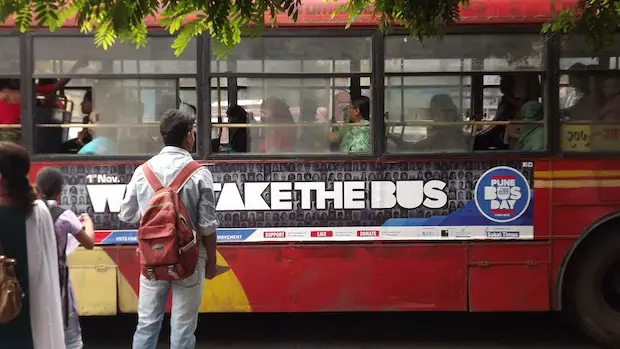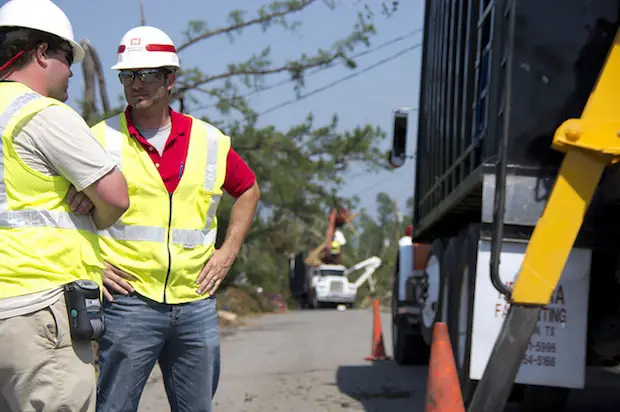Urban Change in Iran: Hong Kong, Dubai and the Strait of Hormuz
Hong Kong owes much of its current status as a post of free market trade in the Asia Pacific region to its previous ‘owners’: the British. This beacon of capitalism was during much of the 20th Century surrounded by communist behemoths that endangered its existence, however, due to its unique status in the region Hong Kong emerged as a unique city in the world: a centre of dialogue.
Hong Kong served as the perfect buffer zone between Western economies and the China of Deng Xiaoping: the West learned incrementally how the communist regime operated and China learned how to open their economy to the free markets. In short Hong Kong has played a central role in mediating between two very distinct economic projects.
And although Hong Kong today is a special administrative region under Chinese rule, it nevertheless continues to play a pivotal role in the relations between East and West and is a place of cultural, economic and political understanding.
Hong Kong may have set the wheels turning for an open dialogue between systems, ideologies and culture in regions where those elements deter anything from happening, however, it is not the only city to have achieved this. The past decade has seen the emergence of other outposts with similar issues but where the context differs greatly.
Enter Dubai
Everyone has heard about Dubai, be it because of the Burj al Khalifa or its artificial islands with an aesthetic twist. The UAE’s largest city has transformed in a few decades from a sleepy fisher’s town to a Middle Eastern powerhouse with a global outreach like no other in the region.
The reasons behind Dubai’s success are many, from a strategic location in the Middle East and high revenues from the oil industry, to smart investment in infrastructure and tax cuts to foreign firms. Thus, Dubai has played by the book and achieved international success. However, its greatest potential may not come from the oil industry and reliance on foreign firms; it may come from a much closer place just a couple miles north of its location.
Enter Iran
Iran has a rather odd position in the Middle East: it is a regional power, it has a diversified economy with a considerable skilled force, it stands at the doors of several economic powerhouses such as India, Russia and Turkey and its cultural heritage is so vast that it would be naïve to imagine world history without seal of quality of the Persian civilisation. Yet the country is restricted, in part, because of its rusty relations with the West, the economic sanctions that have harmed the economy like no other developing nation on Earth, and its overly centralised economy. Despite this, the country has fared rather well and continues to surprise some in terms of its achievements in technology, culture and so on.
All of these elements prove highly attractive to many around the region, who despite the economic sanctions wait eagerly for things to change. And things are unlikely to change much in the short term, but as with China in the 70s, many hope that the current privatisation reforms and in some extent decentralisation of some state owned enterprises will in the long run provide positive development and deter the catastrophic brain drain in the region’s largest economy. But where can these developments be tested or seen?
Enter the Strait of Hormuz
This narrow strait of only 21 miles wide is one of the most important traffic routes in the shipping industry, sending a large amount of the world’s oil output to the furthest corners of Earth. It is heavily militarized and is a potential flashpoint for international conflict between Iran and the West. However, if one dares to scratch beyond that layer, something much more interesting is brewing, something that may be reminiscent of Hong Kong’s relation to the Guangdong province during the latter half of the 20th Century: Dubai-Hormuz-Iran.
Dubai’s status as a global city has evident advantages to the State-Led economy of Iran and vice-versa. To start with, it has opened a dialogue between small, medium and even large companies on both ends of the Strait; there are around 400,000 Persians in Dubai working and developing, as well as some of the largest projects in Dubai being backed up financially by Persian capital. This shows that not only are Persians willing to do business with the outer world, but that they have the economic capacity to do so.
Further to that, Dubai’s economy could benefit from conditions in the Iranian territory and its proximity to it, as Hong Kong has done with China. The Strait region could be a setting for big industry to develop, for skilled labour to move dynamically between both ends and to explore alternatives to a heavily oil dependent economy. The infrastructure, such as roads, railways, human capital and vast land area are just but a few areas to explore. In short, every condition to successful economic, cultural and social cooperation is there.
Enter reality
The implications of this change would be immense as investment, development and jobs would boom in the region. The already existing infrastructure could be enhanced and cities in the Straight would boom. Thus, we could be seeing the initial stages of what may become the Persian Gulf’s Hong Kong-Guangzhou corridor in the Pearl River Delta: a dynamic, diverse and bustling region fully integrated in a global economy.
This so called agglomeration of cities along the straight is however faced with a variable like no other: it is one of the most volatile and sought after regions on Earth. For it to grow and become an area of cultural exchange, economic development and cooperation it has to overcome the obstacles it faces today.
The agents for change are not only in the hands of big corporations, statesmen and international relations, but in the hands of the citizens who are driving for transformation using inspiration from Arab Spring movements, an international body of young professionals that have exposure to international environments and the willingness of local communities to grow and be able to take decisions regardless of the prescriptions from above.
Image: paveldobrovsky


